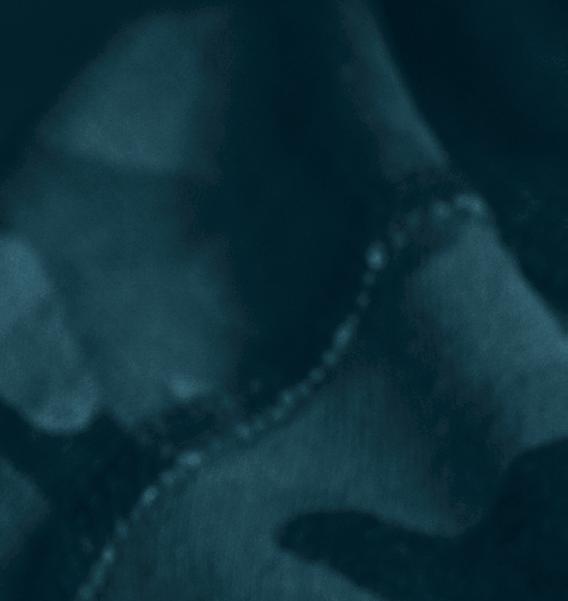ARIZONA RESEARCH




















































We respectfully acknowledge the University of Arizona is on the land and territories of Indigenous peoples. Today, Arizona is home to 22 federally recognized tribes, with Tucson being home to the O’odham and the Yaqui. Committed to diversity and inclusion, the university strives to build sustainable relationships with sovereign Native Nations and Indigenous communities through education offerings, partnerships, and community service.








Kim Patten, Daniel Moseke
Designer Andreá Brooks


Writing & Editorial Team
Stephanie Doster, Leslie Ruth Hawthorne Klingler, Emily Litvack, Kristina Makansi, Eric Van Meter
Much of the content in this magazine is based on original reporting by Alexis Blue, Rosemary Brandt, Emily Dieckman, Lori Harwood, Mikayla Mace Kelley, Angela Martinez, Erika Mitnik, Kyle Mittan, Tracy Mueller, Stacy Pigott, Daniel Stolte, Eric Swedlund, Brittany Uhlorn
Questions and feedback research-comms@list.arizona.edu


ENTREPRENEURSHIP (FY21)
274 invention disclosures +11 over previous year
124 licenses & options for university inventions +29 over previous year
100 patents issued Ranked no. 28 among worldwide universities granted U.S. utility patents

17 startups launched 125+ since 2012
$1.6B in economic output from commercialization activities between FY17-FY21
Through cutting-edge research and innovation, the University of Arizona is committed to expanding human potential, exploring new horizons, and enriching life for all. With $824M in annual research activity, we are leading the way in tackling the most pressing and complex challenges of our time, from climate change to planetary defense, and pandemic preparedness to healthy aging.
Beyond the $10+ billion economic impact of Arizona’s seven military installations, University of Arizona research drives federal investment in the state while enhancing and advancing national security.

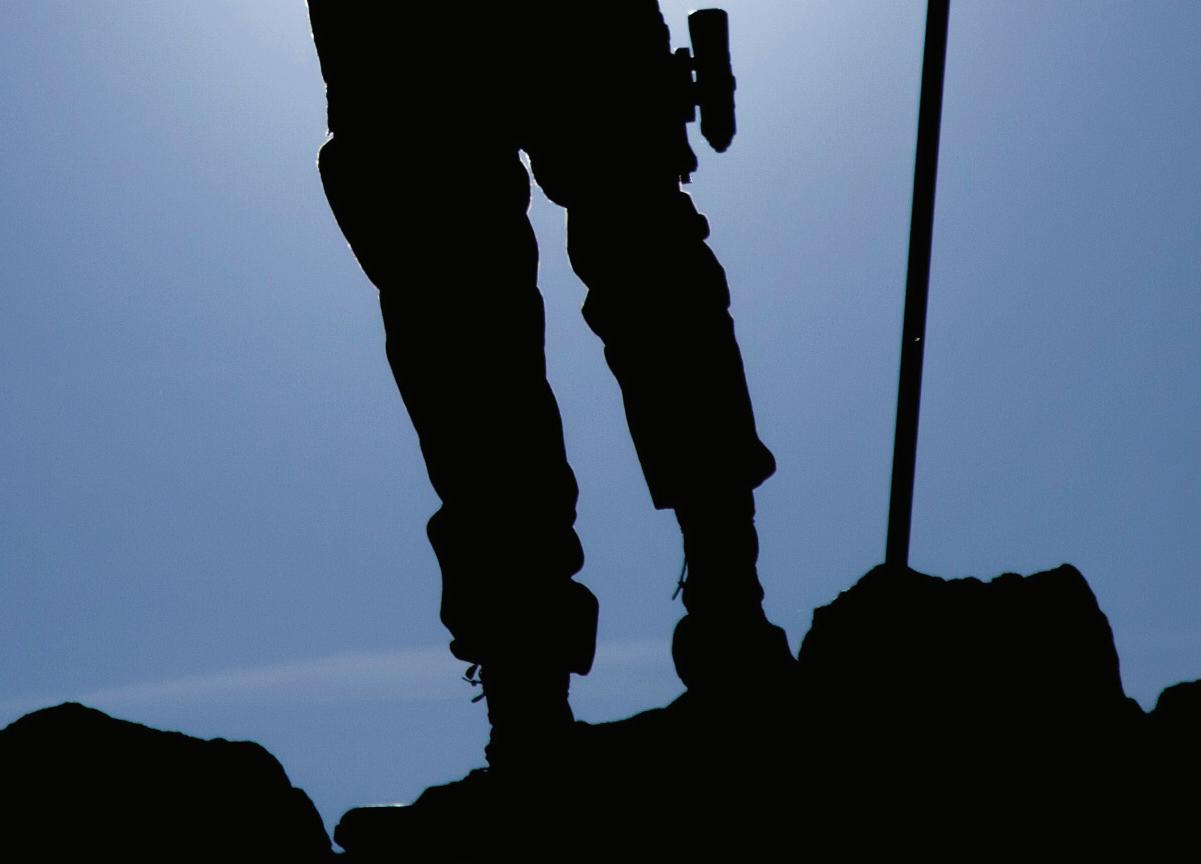



Upgraded hypersonic facilities support critical testing for the Department of Defense, innovations in laser technologies counter today’s deadliest threats, and the university’s new Space4 center is increasing security beyond Earth, shaping the discipline of space domain awareness.

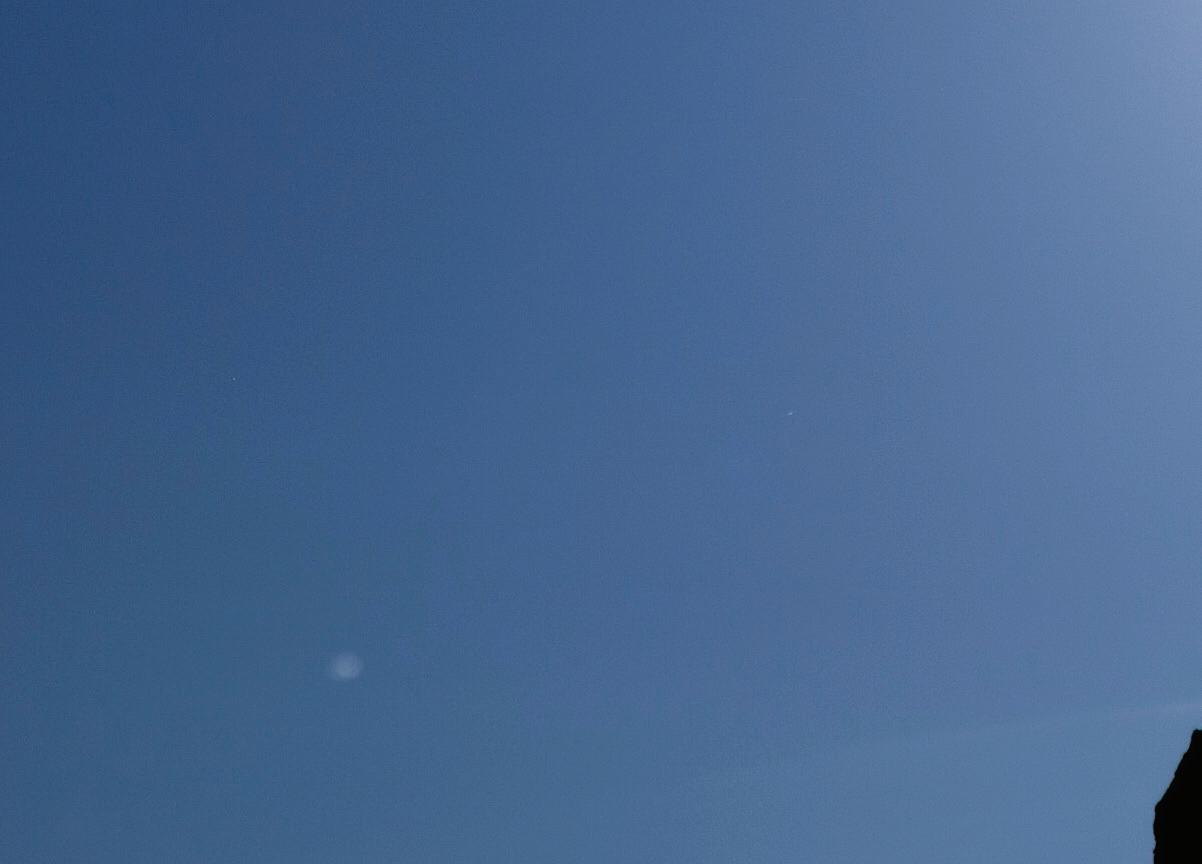
Alongside these advancements in equipment, engineering, and information technology, UArizona scientists are also improving the capabilities and ensuring the health of the most vital element of national security: the people of the U.S. armed forces.
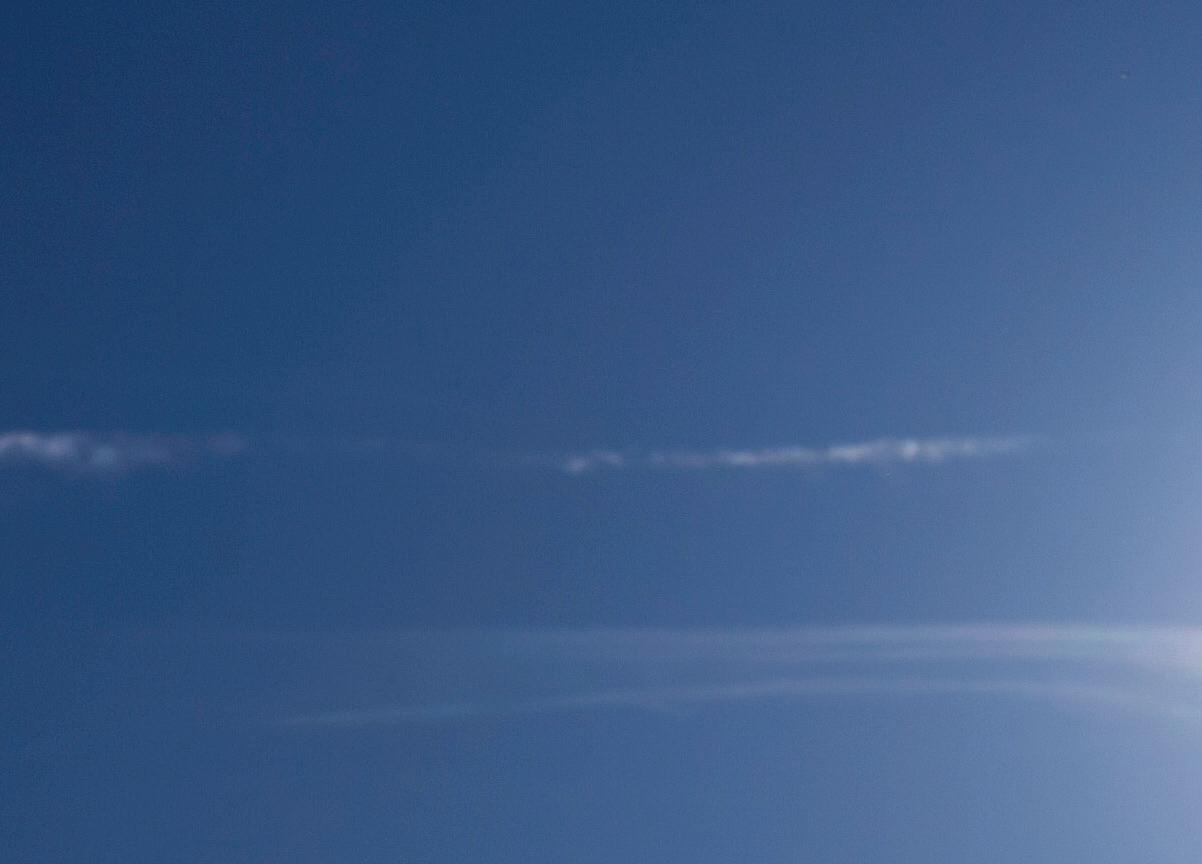
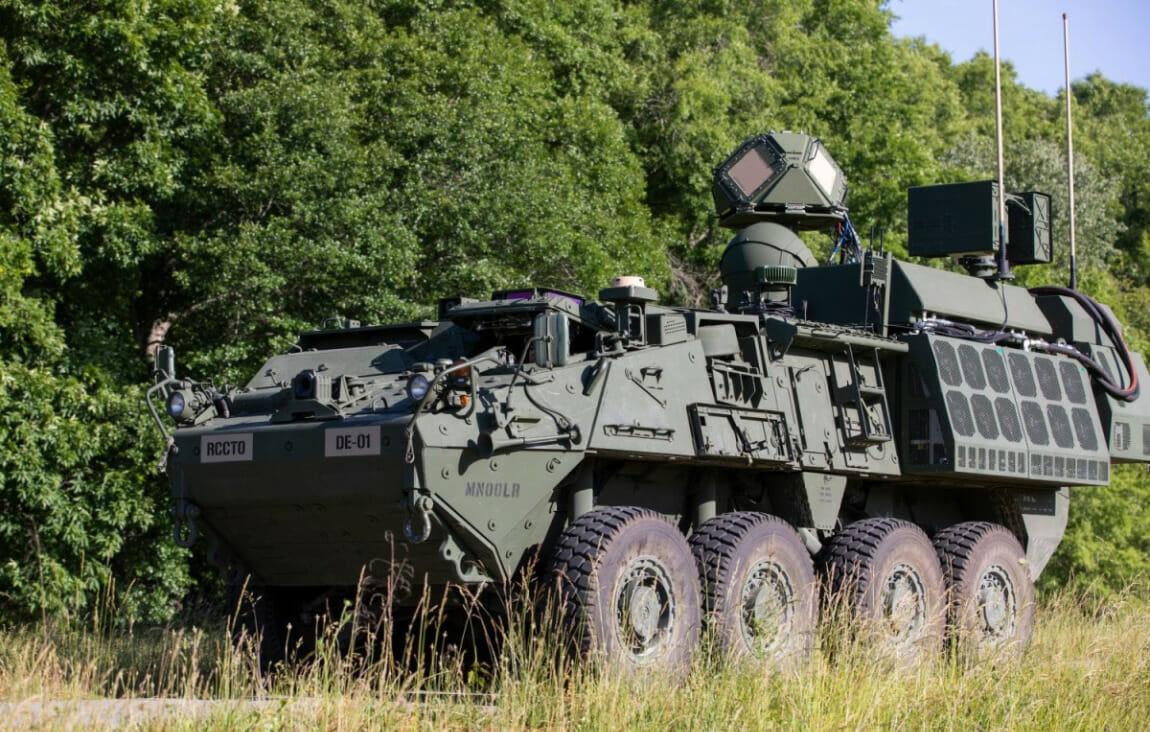
High-energy lasers are the best countermeasure for fast-moving targets with unpredictable trajectories, like guided missiles traveling at thousands of miles per second.
Today’s laser defense systems use continuouswave lasers at wavelengths of roughly one micron, creating heat so intense it obliterates targets. But UArizona researchers have engineered lasers at wavelengths of two microns and are developing a super-continuum source, integrating directed energy of one to five microns in a single system.
These lasers can neutralize targets at lower power levels without destroying them. They can also mean greater efficacy: longer wavelengths are less susceptible to light scattering and
variations in air pressure or temperature, factors that degrade both aim and impact.
In parallel research, the center is advancing ultrashort pulsed lasers (USPLs) and nanosecond illuminators. USPLs can neutralize threats more efficiently than continuous-wave lasers, and illuminators are designed to be fired first, literally lighting up targets for destructive, continuouswave beams in their wake.
UArizona’s Center for Directed Energy is codirected by David Hahn, dean of the College of Engineering, and Nasser Peyghambarian, endowed chair in optical sciences and director of the National Science Foundation Engineering Research Center for Integrated Access Networks.
Orbital space between Earth and the moon has become congested, contested, and competitive. The University of Arizona’s newSpace4 Center is developing end-to-end research and education to ensure that zone remains safe, secure, and sustainable for decades to come.
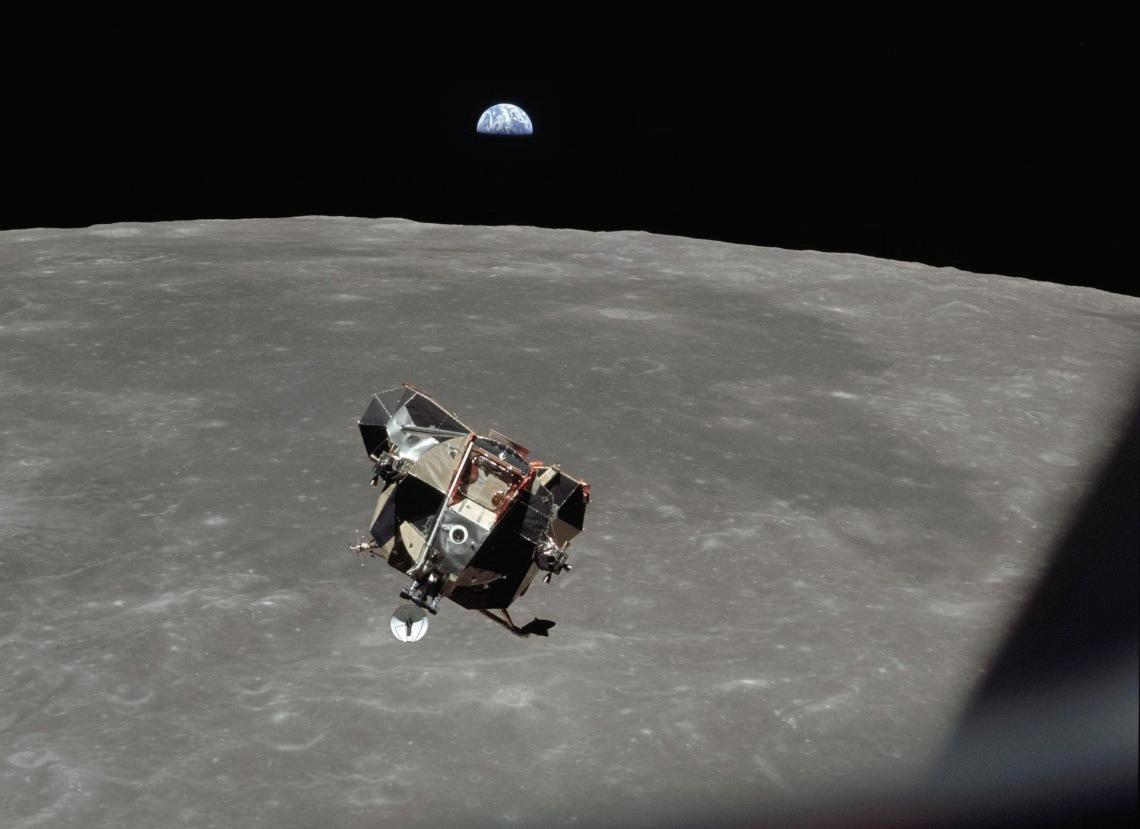
This area of research, space domain awareness (SDA), focuses on detecting, identifying, and tracking near-Earth objects. Monitoring satellites, for example, has become a vital dimension of national security. Experts project that governments and industry will launch up to 100,000 new satellites in just the next decade.
Space4 combines expertise in planetary defense, astrodynamics, machine learning, data science, business, and law to develop game-changing capabilities and a workforce that meets the national security demands of the evolving space economy.
Space4 director Vishnu Reddy has collaborated with the U.S. Air force to create an advanced SDA computing platform. The Air Force Research Lab also awarded Reddy and Space4 deputy director of engineering Roberto Furfaro $7.5 million toward additional SDA research, including work at UArizona’s Space Domain Awareness Observatory complex.
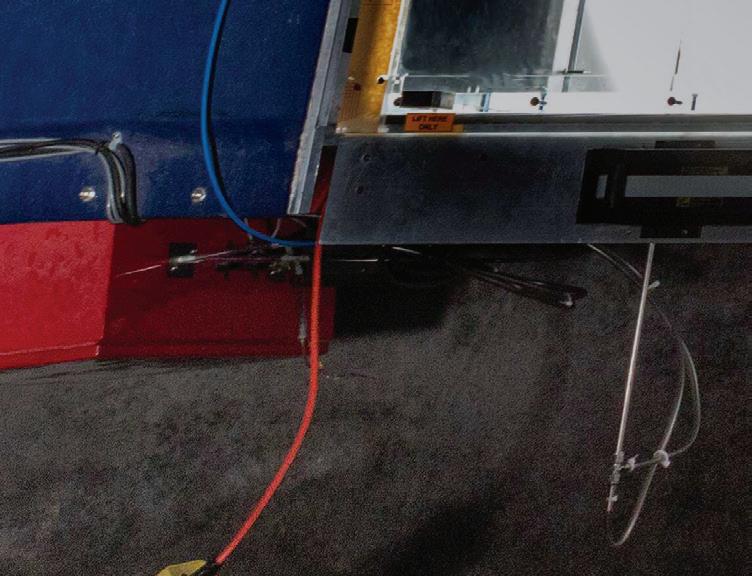

The University of Arizona received $10 million from state sources and the Department of Defense (DOD) to upgrade its hypersonic facilities, including two wind tunnels.
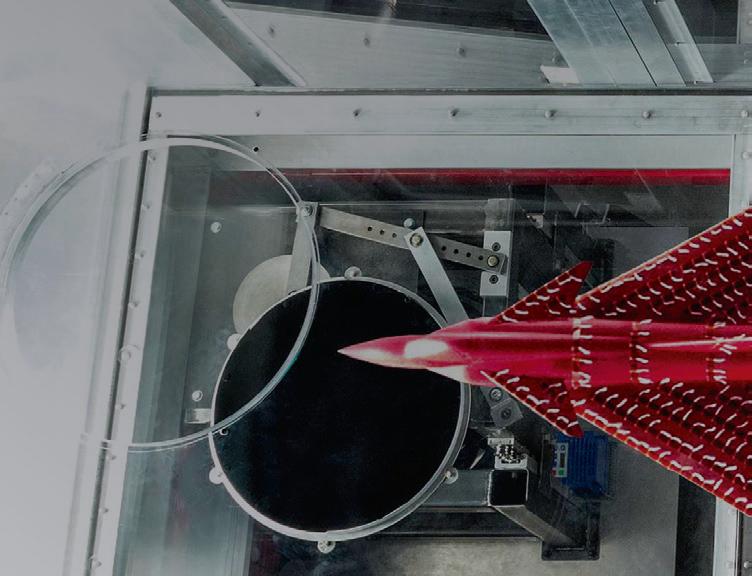


Wind tunnel speed is represented by Mach numbers, with Mach 1 being equal to the speed of sound: about 761 mph at sea level. The upgrades extend UArizona’s testing range from subsonic to hypersonic levels (below Mach 0.8 up to Mach 5)—a realm typically found only in government facilities.
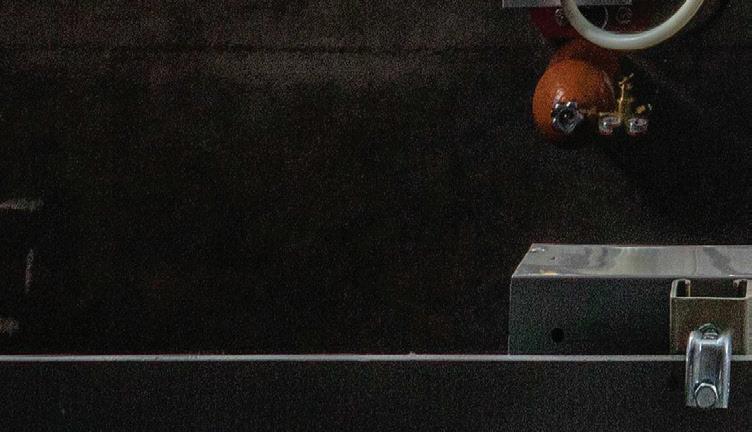



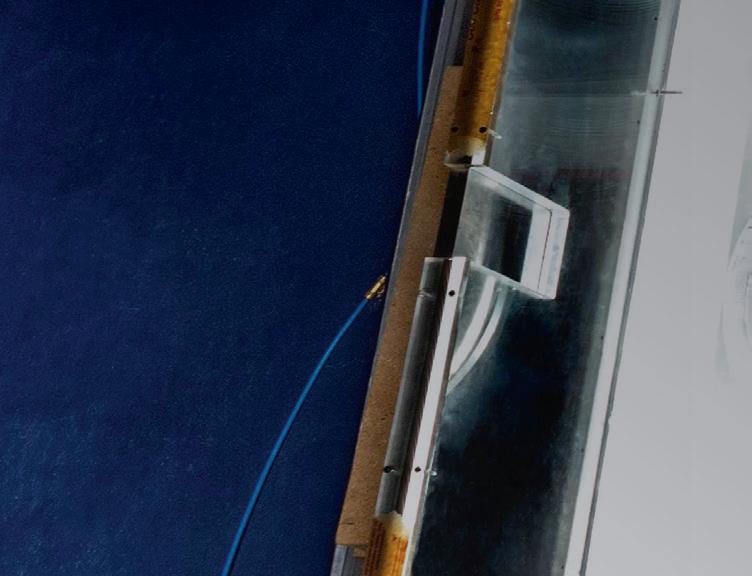


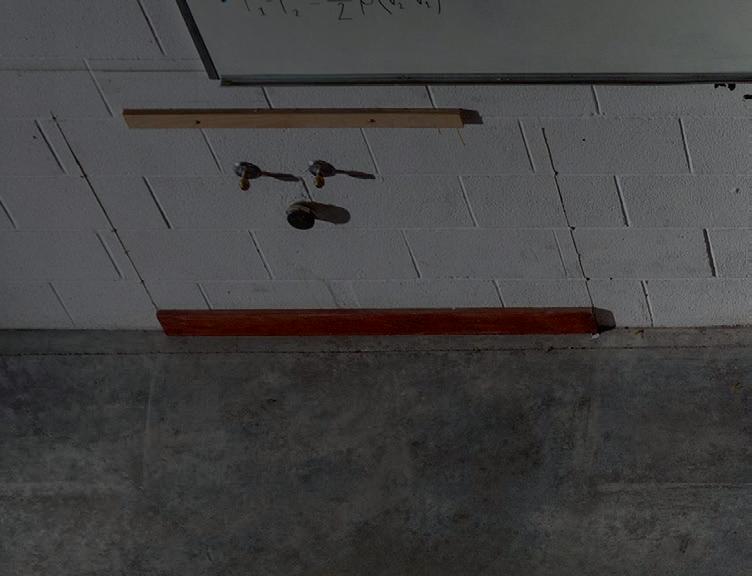

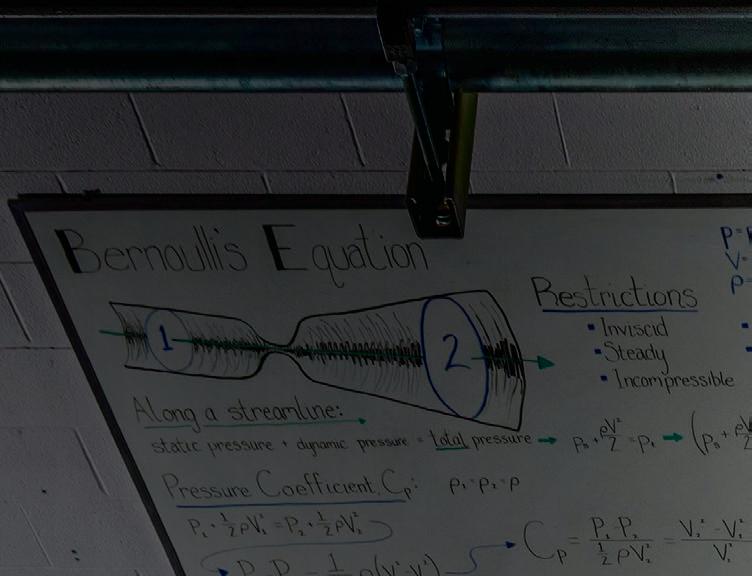

The new, state-of-the-art infrastructure enables testing in underserved ranges critical to defense and civilian aerospace and allows the university to provide services for DOD, NASA, and private ventures in space and commercial travel.
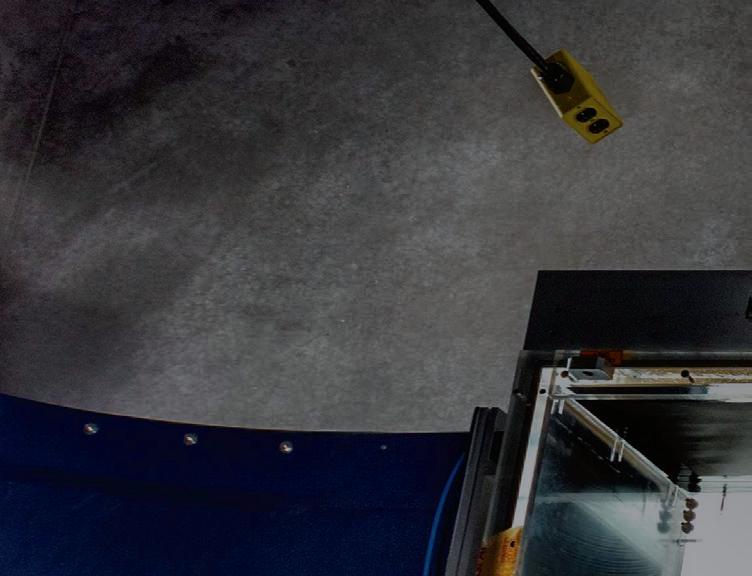
The upgrades also build on the university’s work as a member of the University Consortium for Applied Hypersonics, established in 2020 with a $100 million award from the U.S. Department of Defense. The award supports collaboration among more than 60 U.S. universities partnering with industry, laboratories, and government agencies to accelerate technologies around hypersonic flight.
Erica Corral, UArizona associate professor and distinguished scholar of materials science and engineering, serves on the consortium’s governance board and technical leadership team, heads a consortium cross-functional
team in manufacturing, and serves as its deputy director for industry and national laboratory engagement.
Early in her career, Corral received a grant from the Air Force Office of Scientific Research to explore ceramic coatings as a more robust material to shield hypersonic vehicles from extremely high temperatures, expanding possibilities for longer missions and forays into more extreme environments.
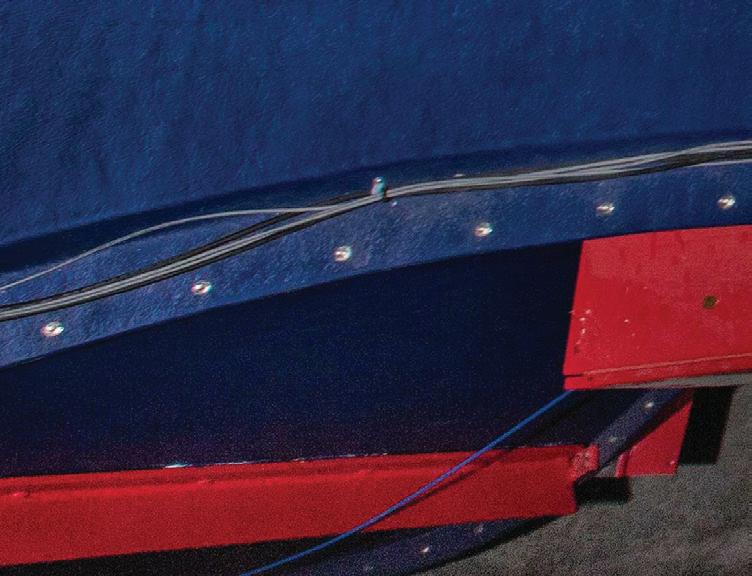


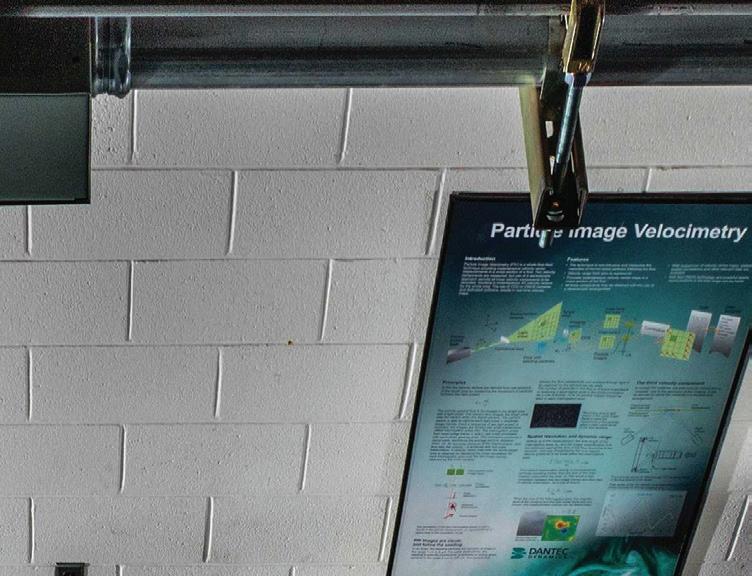
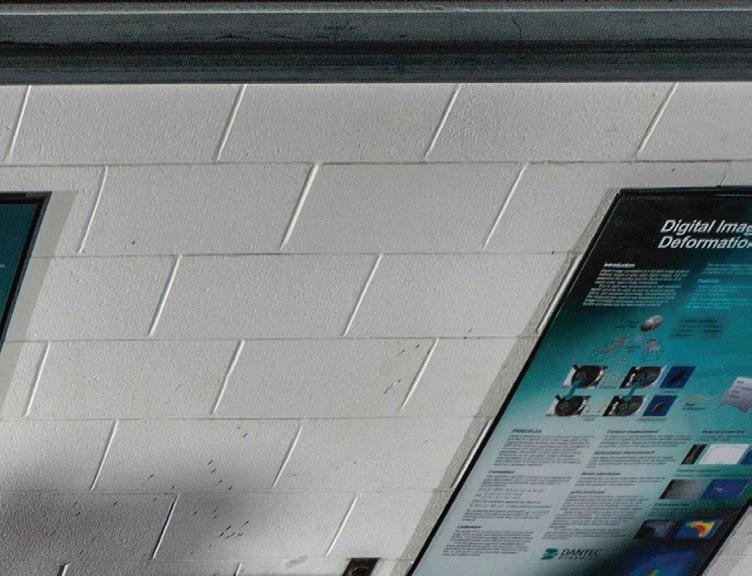



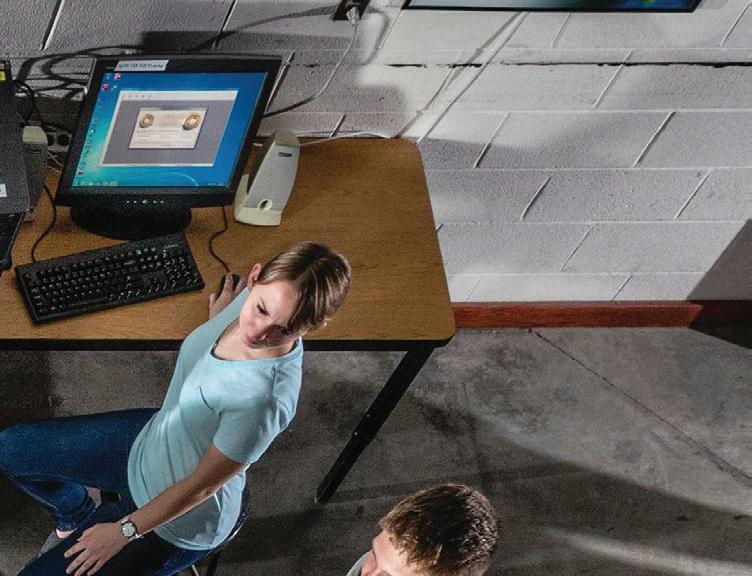

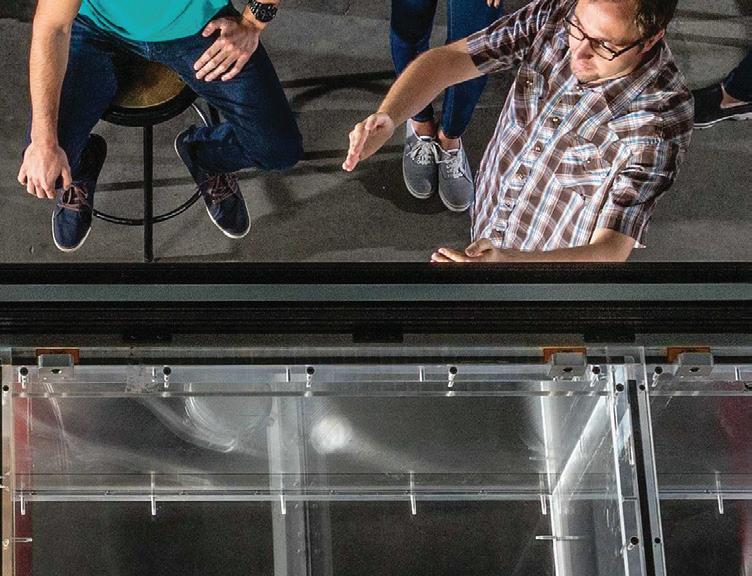
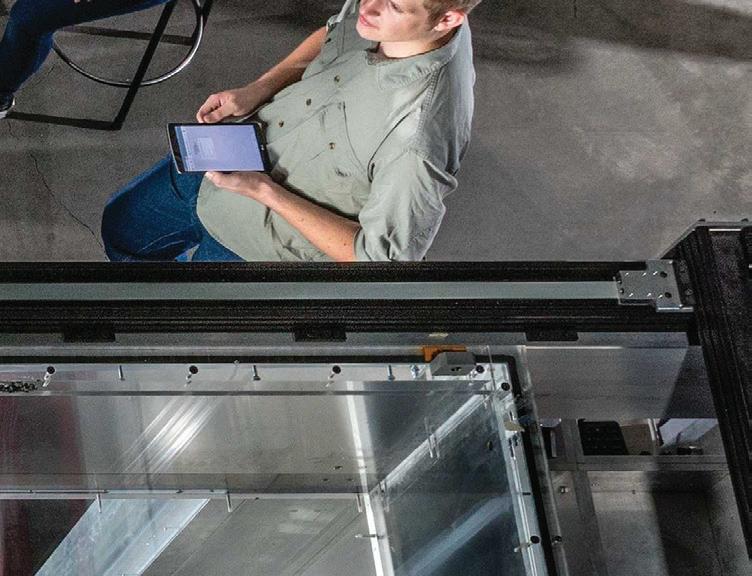
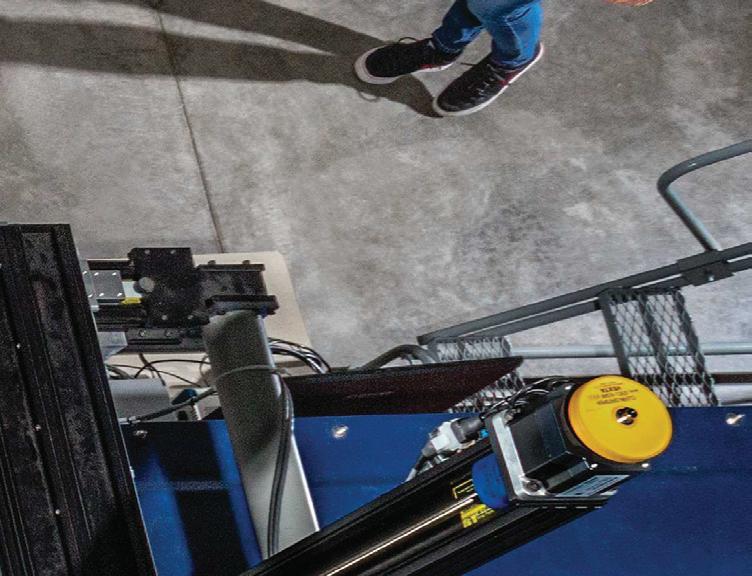

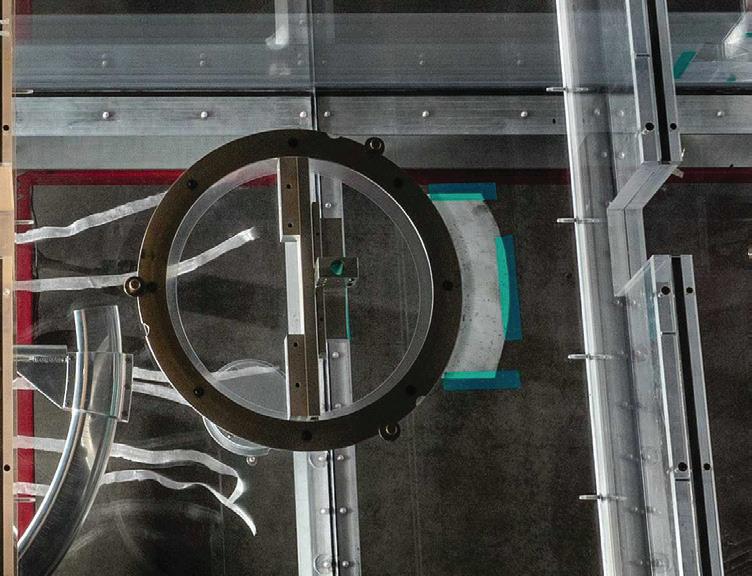
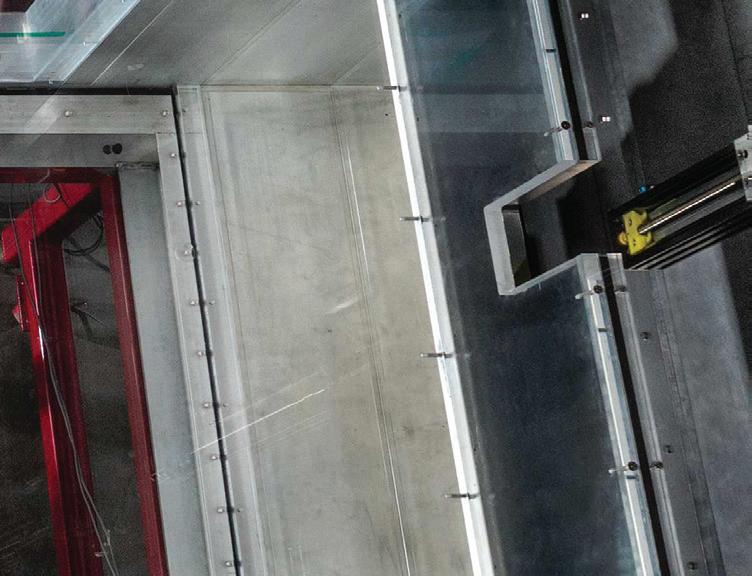
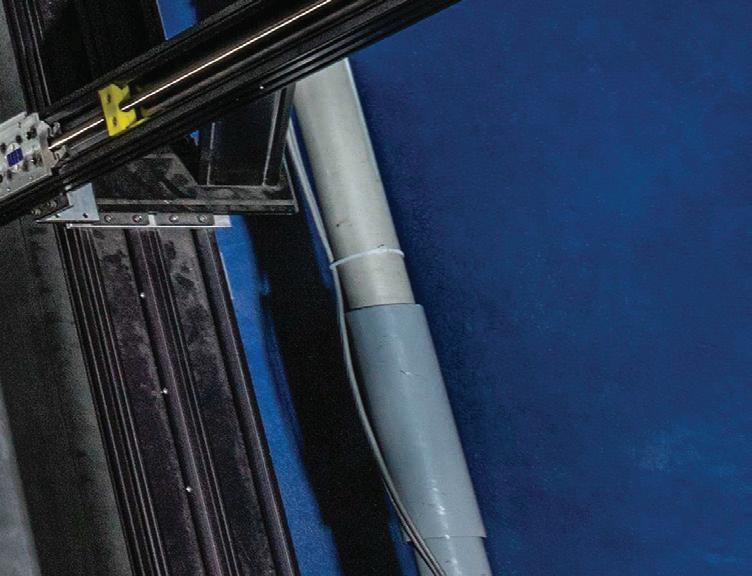

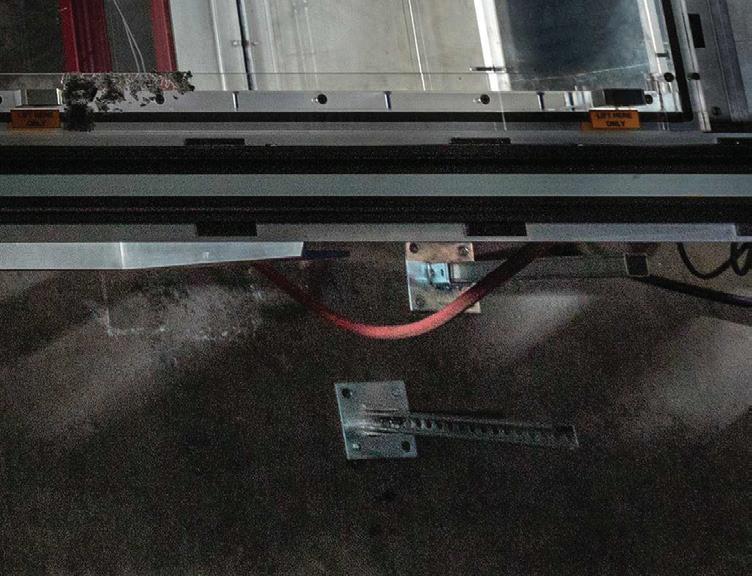

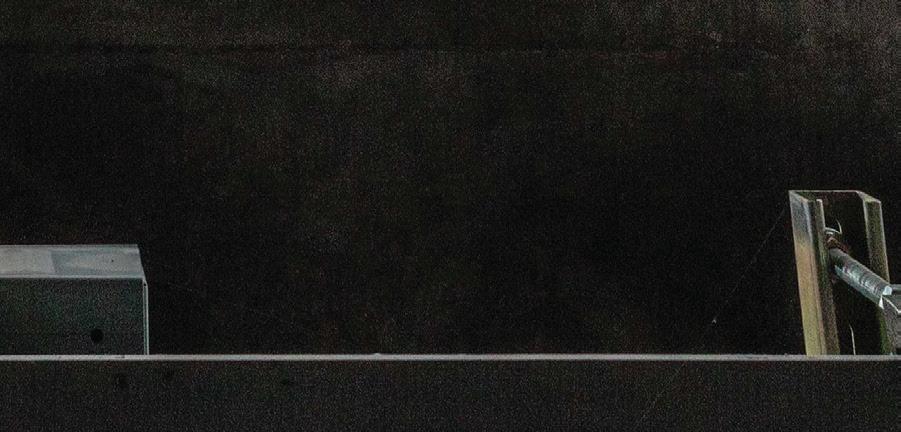








The most important technologies in the U.S. military aren’t found in a jet or tracking system. They’re the brains and bodies of service members, whose health is the sole focus of neuroscientist and Army reservist, Col. William “Scott” Killgore.
Funded by the Department of Defense, Killgore developed a blue light therapy that accelerates repairs to traumatic brain injuries, improving sleep and cognitive function. In the first-ever study on blue light for post-traumatic stress disorder, Killgore found that the same protocol prolonged the benefits of fear-extinction therapy.











An emotional intelligence training developed by Killgore’s Social, Cognitive, and Affective Neuroscience Lab at the University of Arizona is the most scientifically validated in the world. It not only improves resilience, interpersonal understanding, and overall mood but is protective against suicidal ideation—critical in a military where suicides over the past two decades outnumber deaths from military operations by four to one.
Killgore’s latest research targets include optimizing performance tailored to individual biorhythms, improving sleep with handheld magnets, and replacing today’s standard, multi-hour neuropsychological assessment with one that yields fuller, better results in only minutes.











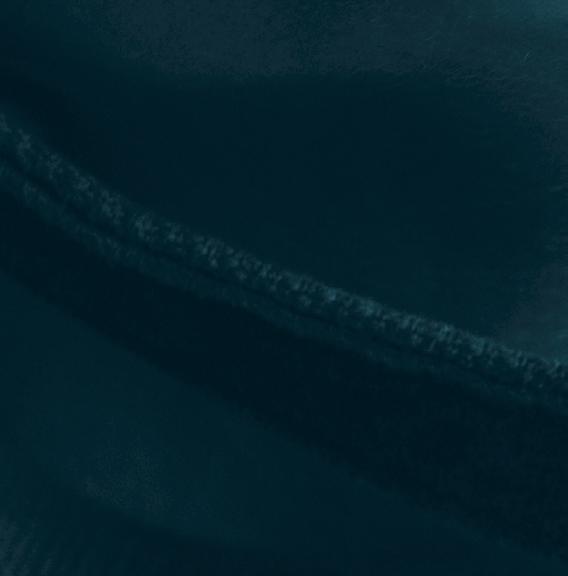








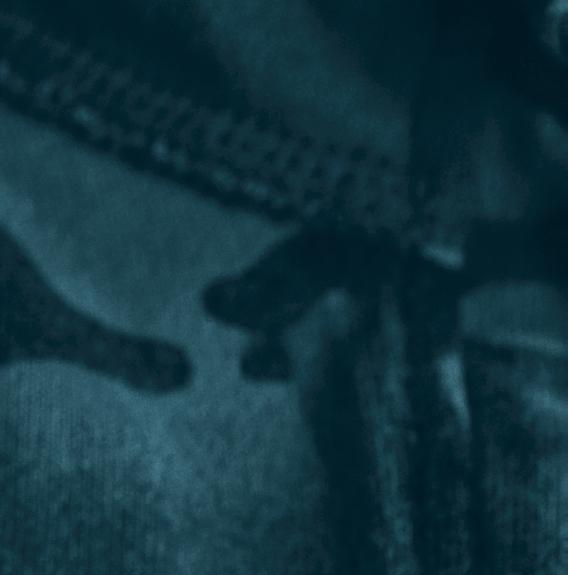
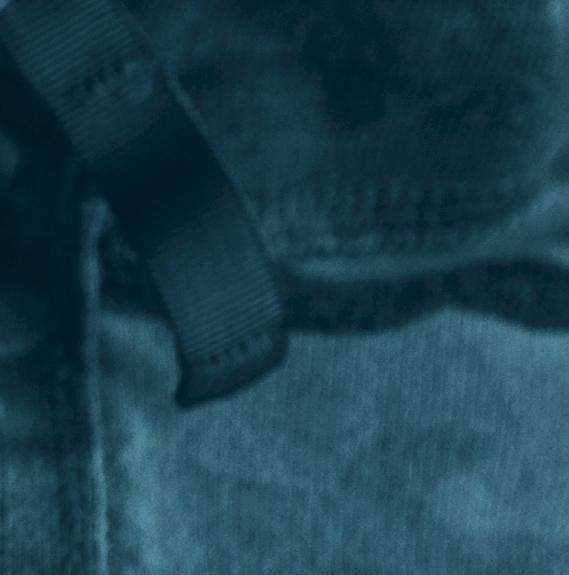




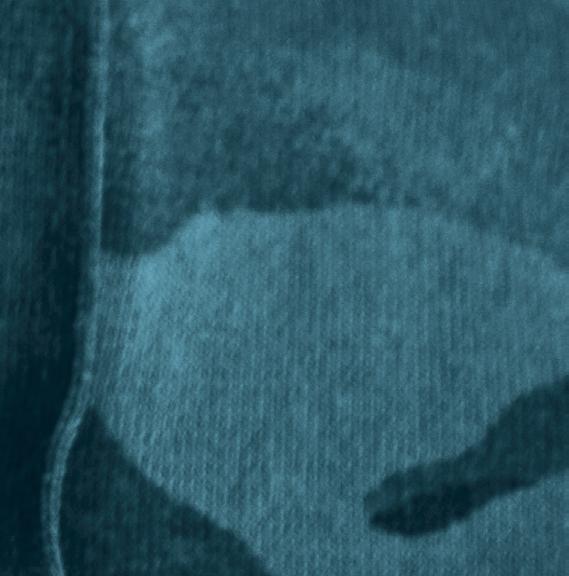









People are often surprised to learn that many families on the Navajo reservation don’t have plumbing. Access is further complicated by the fact that water available from natural sources can be poisoned with residual chemicals from past mining activity.

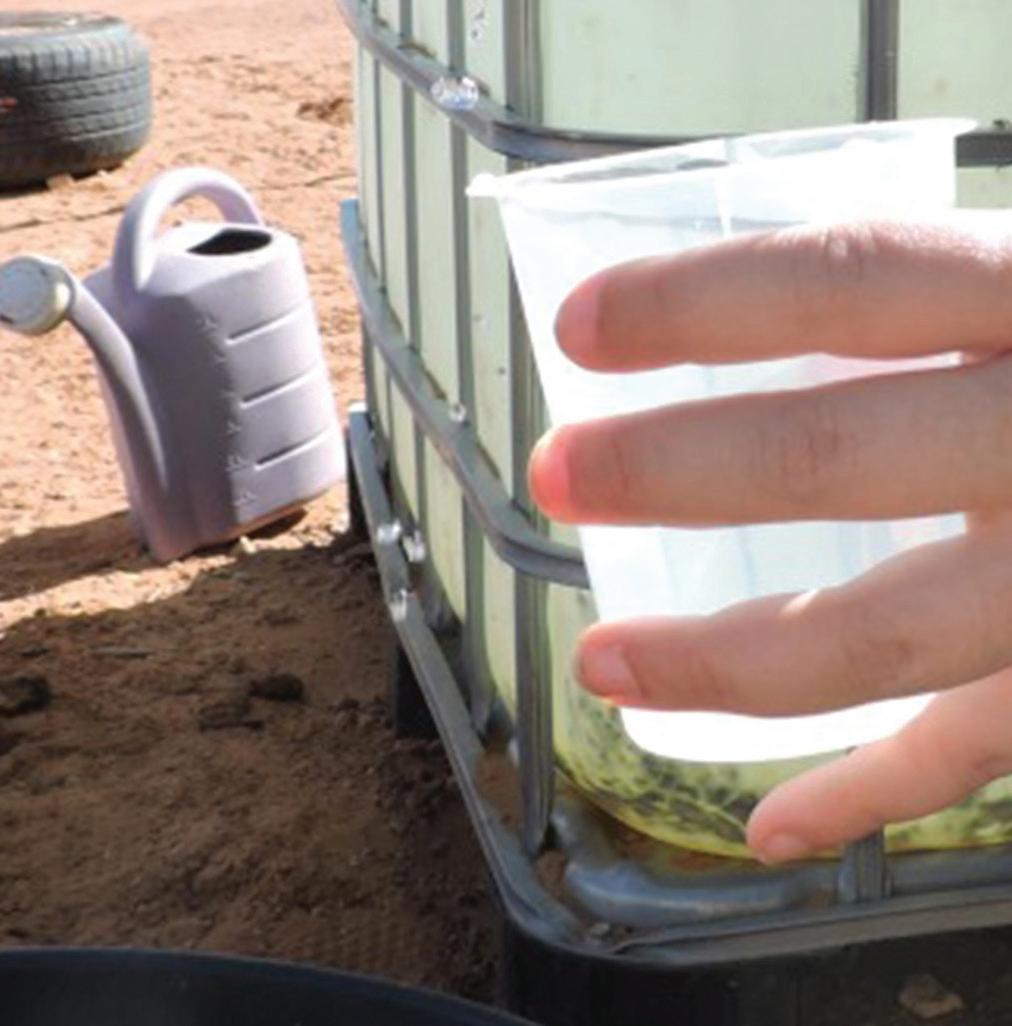
Some families must drive as far as fifty miles one-way for potable water.
To change that, Navajo Nation undergraduate students, working
alongside University of Arizona graduate students, designed and built solar-powered water filtration systems from items available at everyday hardware stores. The team also trained local technicians to build and maintain them.


While much work remains to ensure that Native Nations have reliable access to clean water, these first-wave systems now provide 30 households with 50 gallons of safe water daily.
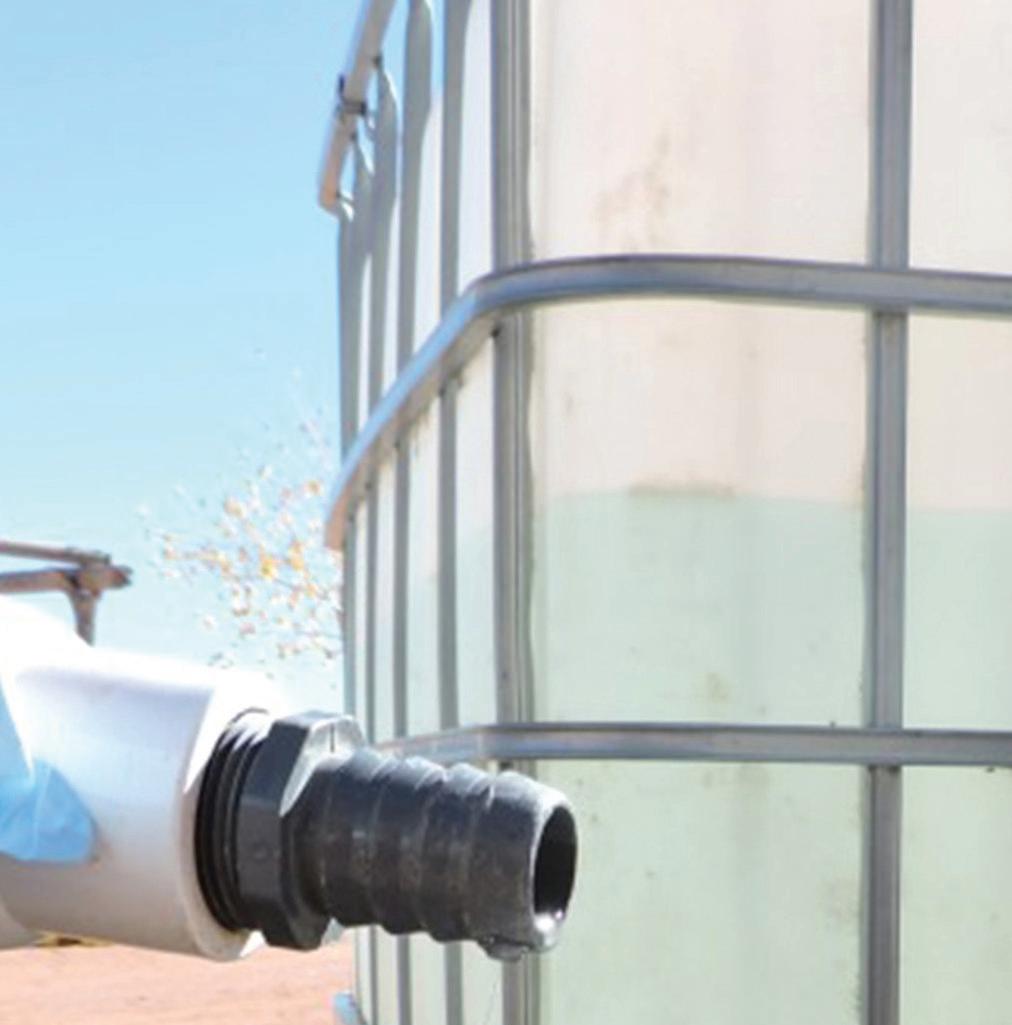
Fewer than 1% of Arizona businesses are Native American-owned, and the Native American population in Arizona has a poverty rate more than double the national average. Together with tribal nations, the University of Arizona founded Native FORGE to help change these statistics.
The initiative partners with tribal communities in Tucson and the 22 federally recognized Native American nations in Arizona to educate Indigenous participants on the foundations of entrepreneurship.
Native FORGE leverages resources already developed by the university’s Arizona FORGE, a program providing business education and startup assistance for student and community ventures statewide.
A mentor-in-residence offers business advice and entrepreneurship insights, and participants can take advantage of Arizona FORGE programs and opportunities.
Native FORGE also aims to improve tribes’ abilities to visualize and leverage their own data. Non-native researchers have long collected data among tribal populations and used that information—which is too often inaccurate—to shape academic and political understandings of Indigenous Peoples and communities.
Accurate data collection and analyses are critical for Native American governments, community organizations, and businesses to be able to set strategic economic and financial goals.
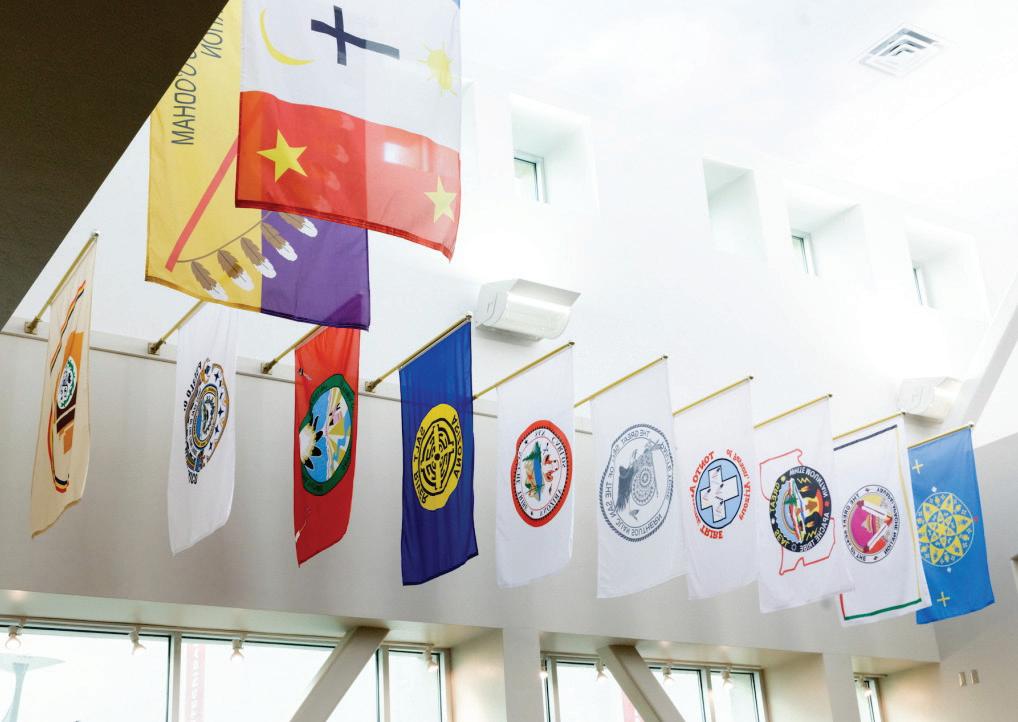
Michelle Téllez, associate professor in the University of Arizona Department of Mexican American Studies, is unpacking remarkable political work by the women of Maclovio Rojas, a contested border community in the Tijuana Municipality of Northern Mexico.
Maclovio Rojas began with 25 Mexican families settling on vacant lands after leaving cities where changing economics made earning a living all but impossible. Despite legal challenges and NAFTA policies prioritizing corporate interests, the population has grown to 12,000+ under the leadership of everyday women and their homegrown system of government.

Through neighborhood-based committees and open asambleas, citizens brainstorm and reach consensus on matters ranging from childcare to protest activities as they continue to fight for basic services supporting education, health care, and housing.
Tellez’ new work centering border women’s voices—including creating a digital and oral history on activism by Chicanas and Mexicanas— is supported by a grant from the Andrew W. Mellon Foundation via the Crossing Latinidades Humanities Research Initiative.
The grant catalyzes research, Latinx studies, and graduate student training across a network of Research-1 Hispanic-Serving Institutions.
Reliance on data has exploded over the past half century, says Arthur “Barney” Maccabe, executive director of the University of Arizona Institute for the Future of Data and Computation (IFDC): “It’s hard for me to imagine any area of society that won’t be impacted by the ability to collect massive amounts of data or gain more information from very small amounts of data.”
That expansion obligates bringing social and human disciplines into data initiatives from the start, on par with technical disciplines. It’s a sea change in a field that has mostly

neglected social responsibilities around data or tried to tack them on—to poor effect—late in the game.
IFDC will expand and help retool outreach to K–14 students and develop retraining for people working both in and beyond “data” careers. Potential offerings range from supporting a professional master’s degree to “micro-certifications” focused on specific skills.
Data science is key to solving world problems, Maccabe says, but that equation requires trust between science and societies. The work of IFDC, therefore, is cultivating not just new capabilities, but also the trusted stewardship needed to truly address grand challenges.








